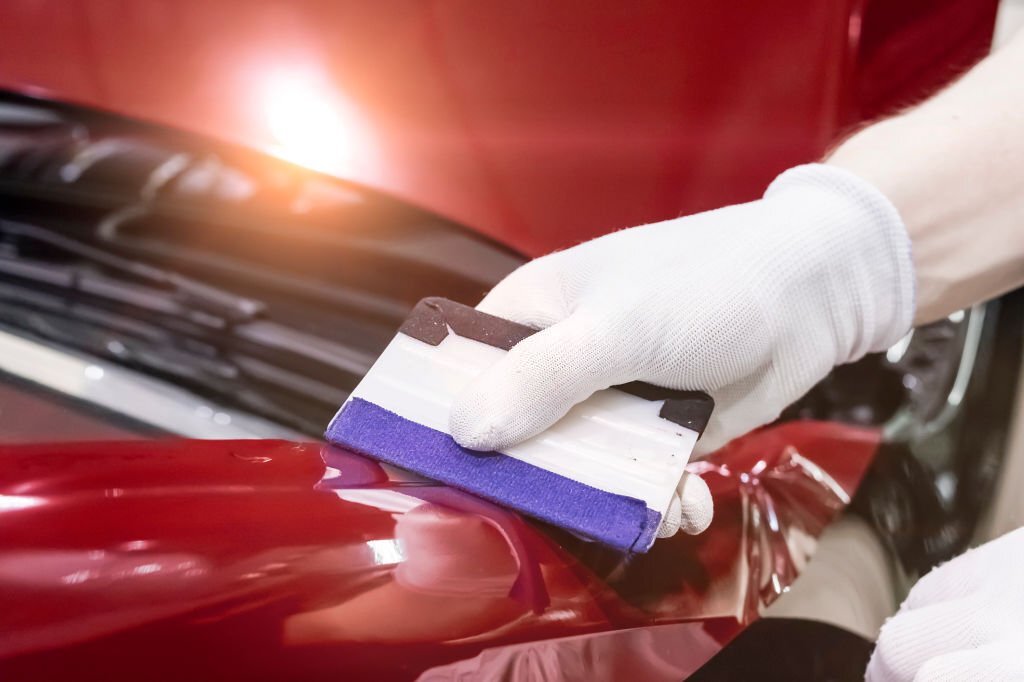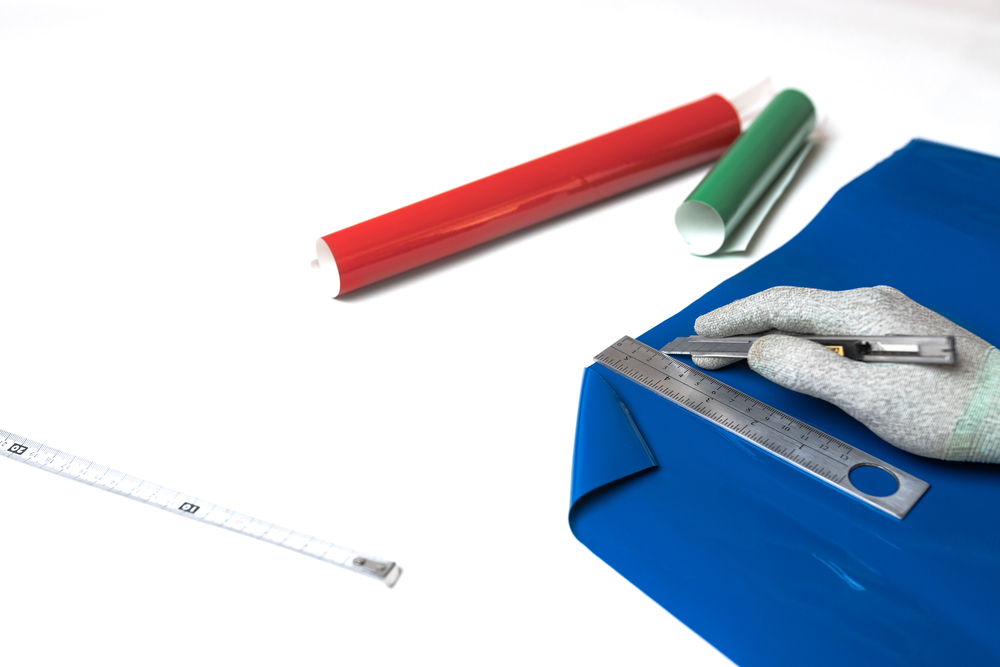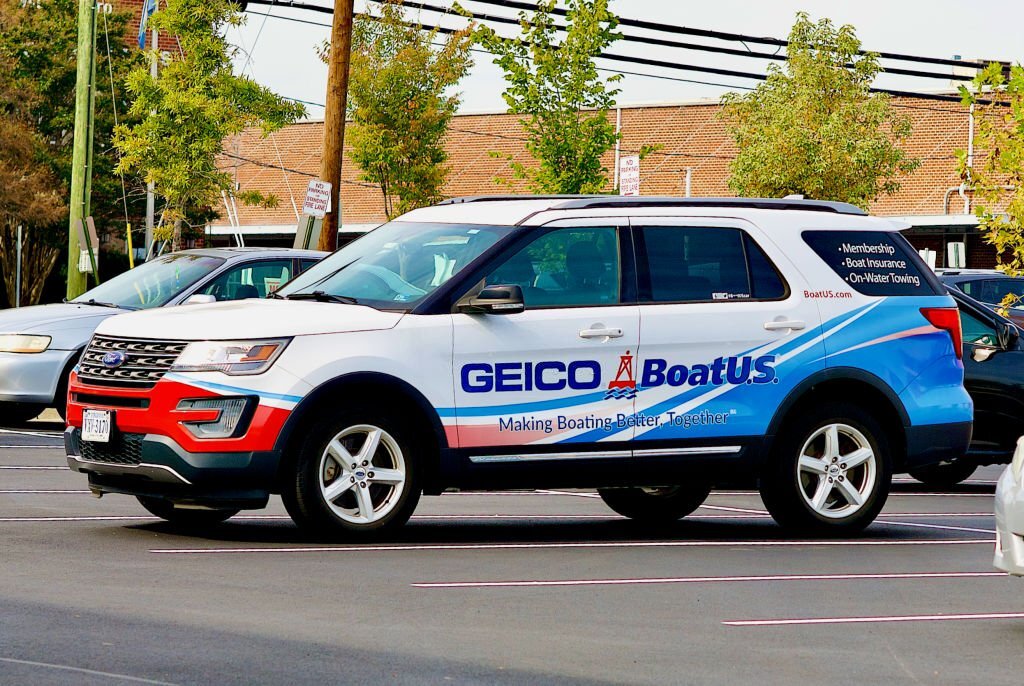People frequently wonder about the finished product and long-term effects of a custom vinyl wrap when they want to restyle their car, truck or boat. There’s no one-size-fits-all approach when considering the existing paint job, door handles, or even how to apply to bare metal.
Some find vinyl wrapping difficult to do without experienced installers, but having some basic knowledge of how the surface affects the overall look will help you make the right choice. In today’s article, we’ll discuss issues that cannot be fixed with vinyl wraps and the parts of your car or truck that you should avoid wrapping.
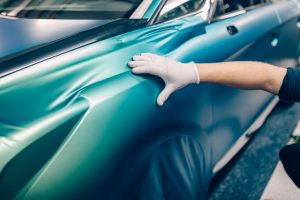
Things You Can’t Vinyl Wrap
Vinyl wrapping is the ideal method for branding most objects, vehicles, and appliances. Unfortunately, there are things that vinyl can not commonly wrap around. Consider the following factors to determine whether something can be vinyl-wrapped:
1. Rough Or Rusted Surfaces
The surface material influences the adhesiveness of vinyl and it’s essential to determine whether your material is suitable for a car wrap. The vinyl we use for our own custom vinyl wrap must be able to adhere to the object to get an attractive and long-lasting vinyl wrap. We cannot wrap a rusting vehicle because the vinyl will not stick to the rusted surface. You also can’t put a vinyl wrap on rough and untreated wood furniture or any wooden item because the material will not attach.
2. Complex Shapes Or Extreme Contours
Vinyl can fail on surfaces with intricate or extremely curved surfaces. Cast vinyl performs better under these circumstances but has limitations, but there is a limit to the amount of distortion that can occur before the adhesive fails when vinyl is put in sheets. Spheres and very curved shapes are impossible.
Softer contours are difficult to vinyl wrap but are possible with the right materials. Things with small buttons or widgets, like keyboards are too intricate to be properly wrapped. Bicycle frames are possible, but their shapes are quite complex. In these instances, we recommend professional paint repair. In all other circumstances, vinyl wrapping is the best option.
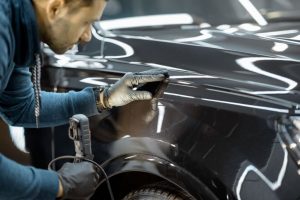
3. Extreme Changes In Temperature
Temperature — extreme changes or not — can trigger the adhesive to fail and the vinyl to crack even when given proper cure time. Vinyl is remarkably resistant and can withstand temperatures ranging from -70 to over 150 degrees Celsius. Take note that different vinyls behave differently in different temperature ranges. Vinyl wrapping machinery in a factory that is vulnerable to extreme temperatures is not advisable. Extreme temperature can make a vinyl wrap peel back or crack.
Make Your Own Custom Vinyl Wrap
A vinyl wrap will keep your item in pristine condition underneath with extra protection, plus it can be removed quickly when it’s time for a replacement. To improve brand awareness, design a distinctive branded vinyl wrap for your vehicle, appliance, or refrigerator.
Most vinyl used for vehicle wraps will stick well only to original (OEM), like-new, smooth surface, or extremely good paint conditions. Even if the problem area is small, placing a wrap over the damaged paint could cause additional problems. In fact, most colors and finishes of wrap material will accentuate the issues.
Because vinyl is an extremely thin film, it cannot hide flaws. Even if it sticks to (or around) extreme cases, removing it may cause the paint surrounding it and/or the damaged area to have chipped paint. Remember that car wraps do not last forever and must be removed at some time. It’s never good to remove the vinyl while taking the paint with it.


